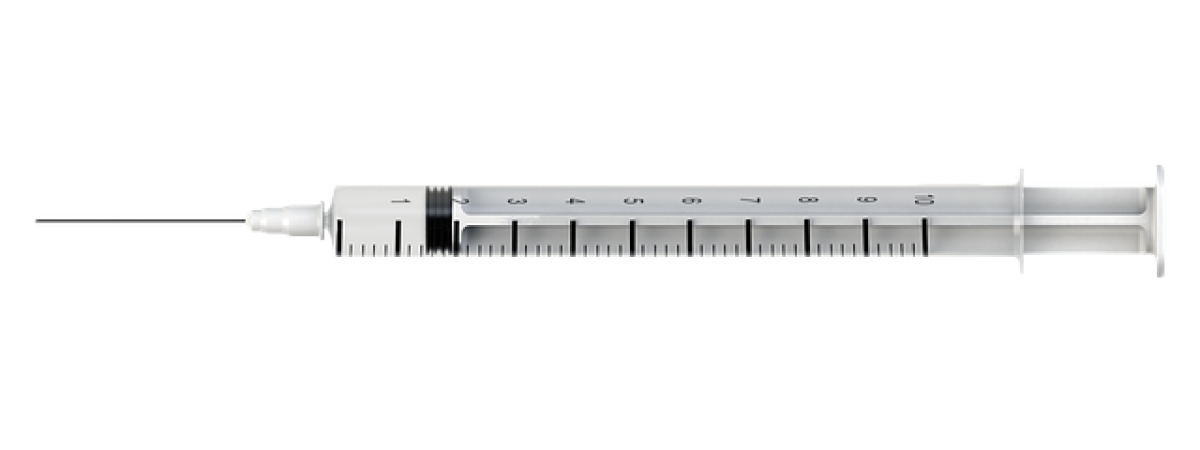Botox: the good, the bad and the ugly

Celebrity craze, poison or medicine? Botox is best known for banishing wrinkles; yet less than a millionth of a gram can kill a person, whilst in carefully managed, minute doses it has hundreds of medical uses.
What exactly is Botox?
Botox is a chemical produced by the botulinum bacterium. It is injected into a muscle to paralyse it, though it doesn’t actually attack the muscle itself. Instead, it acts on the nearby nerve, preventing it from telling the muscle to contract.
At large doses, all of the body’s muscles become paralysed, and death results from suffocation. Because of this, Botox was historically known only as an agent of death and terror: from botulism food poisoning outbreaks (first understood when a contaminated ham killed several members of a funeral party in a small Belgian village in 1895) to its production in World War II as a potent weapon; around 50g of the toxin could kill everyone on the planet.
Opening our eyes to the value of Botox
Although deadly in overdose, doctors soon realised the potential of a medicine which could manage abnormal muscles by their planned paralysis. After all, thousands of ailments in the human body, including everything from cramp to incontinence, can be due to inappropriate muscle contractions, so Botox could do a lot of good.
Eye doctors were the Botox pioneers, using tiny quantities to paralyse muscles causing crossed eyes in the 1970s. In the 1990s Mr and Mrs Carruthers, a husband and wife ophthalmologist/dermatologist team, extended the use of Botox from the eyes to the skin, using Botox to reduce crow’s feet, worry lines, frown lines and laughter lines. Thus began the era of Botox parties to reverse signs of ageing and the advent of the frozen-faced celebrity.
More than skin deep?
According to Dr Jean Verheyden, ENT doctor in Oregon, “Botox can be used to control any muscle that is inappropriately contracting and is accessible by a needle”. Given that your body contains approximately 650 muscles attached to the skeleton and many more inside, such as those of the bladder or intestine, there’s a lot of scope for Botox to do its work.
So far, Botox has been used to reduce:
- Arm or leg muscle spasticity resulting from stroke, cerebral palsy, head injury or multiple sclerosis.
- Incontinence caused by an overactive bladder
- Pain of tennis elbow or writer’s cramp
- Excessive blinking and sweating
- Tremor, pain and constipation of Parkinson’s
- Tics of Tourette’s
- Dystonia (repeated abnormal muscle spasms anywhere in the body)
Botox may also partially reduce migraine when injected into the forehead. Dr Michael Kane, cosmetic surgeon from Manhattan, suggests that paralysis of the frowning muscles may reduce irritation to the pain nerves that run through them.
Brilliant and blemished?
There is no doubt that Botox has improved lives, but nothing is perfect. For some people, Botox doesn’t work; on some conditions it never works (injecting the stomach muscle to delay its emptying was supposed to promote a feeling of fullness and aid weight loss but it didn’t); in all people its effects wear off after a matter of months as the body creates new nerve terminals.
And sometimes there is a fine line between its help and harm. Side effects are rare, but because they exist, leave Botox to the experts.
I want to dedicate this article to Jim, whose life was transformed by repeated Botox for ten years as it reduced a disabling neck spasm. One rogue injection, though, paralysed his swallow - resulting in pneumonia and he died soon after.
